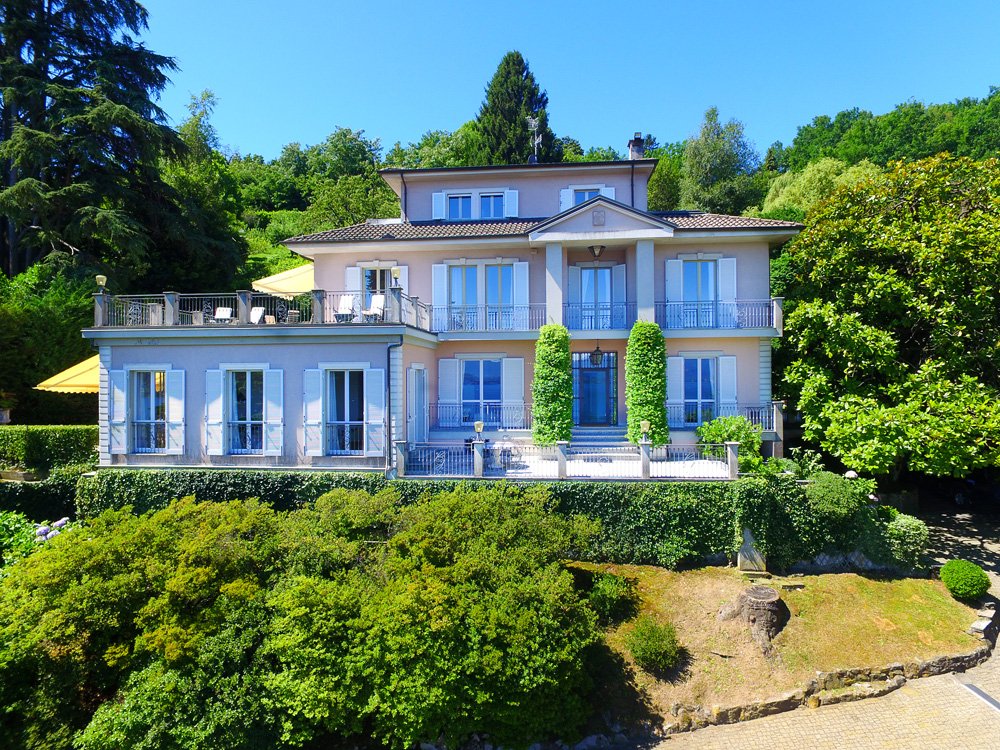Italy



Smiling House is a Property management company.
T +41 79 489 70 21 Email: ira@smilinghouse.ch
Smiling House
Mettlenstr. 16, CH-3780 Gstaad, Switzerland
Italy
If you're starting out in Milan and have a rental car, head out of the city on the A8/Autostrada dei Laghi, also signposted in places as the E62 and E35. After about 27 miles (43 km), at Gallarate, the highway divides – you'll want to head in the direction marked Genoa/Gravellona T., which is the E62/A8/A26.
For arriving to Lago Maggiore by train, Trenitalia offers direct trains from either Milano Centrale or Milano Porta Garibaldi stations, with stops at Arona, Stresa, and Verbania-Pallanza, all on the western side of the lake. Note that to reach points north of Verbania on the lake's western shore, you have to travel to Laveno on the eastern shore (see below), then take a ferry across the lake to Intra.
Privacy policy | Terms & Conditions | Copyright Smiling House © 2024. All rights reserved.




